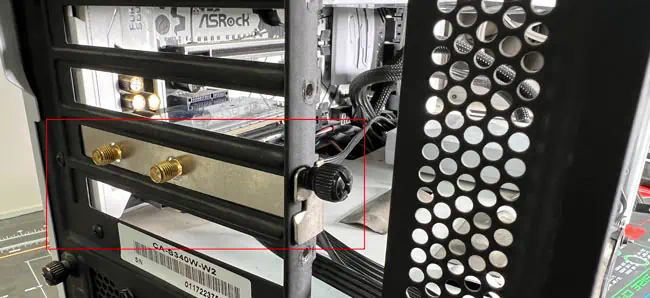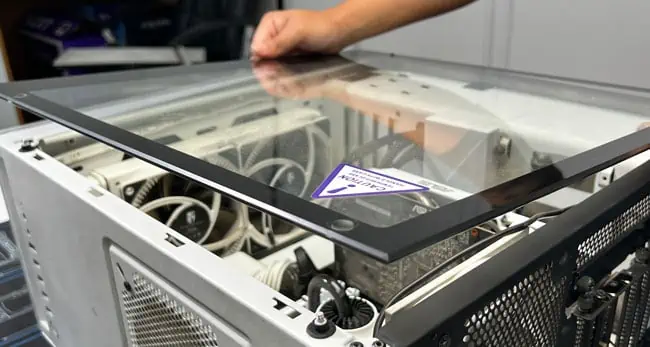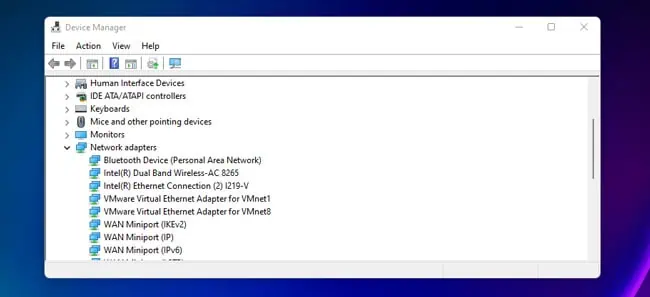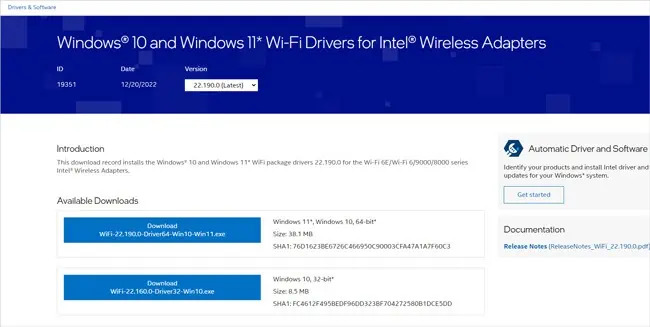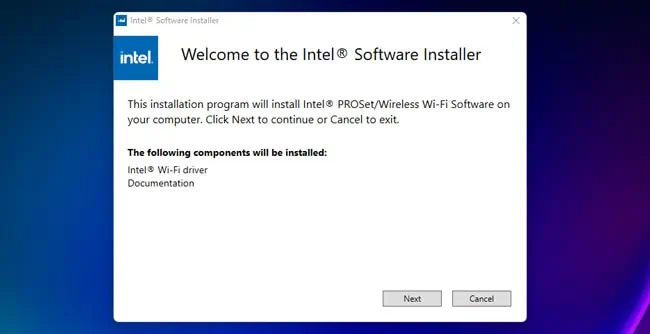One trend we’ve seen with beginner PC builders is that they select motherboards without onboard WiFi modules and forget to include WiFi adapters in their build later on.
The second camp seems to be people who’recurrently using Ethernet controllersbut would like to add WiFi functionality to their system. After all, Ethernet may be ideal in terms of performance, but it’s not always practical.
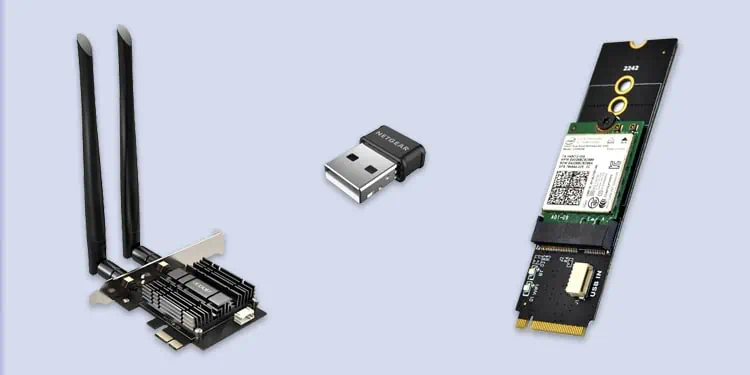
Regardless of your exact reasons for doing it, adding WiFi to a desktop is pretty simple. A USB WiFi adapter is great for convenience. If you have some free PCIe slots, though, you’ll find a WiFi card to be a better purchase overall.
Ways to Add WiFi to Desktop
First of all, if you’re still checking out your options, remember that compatibility should be your top priority.
The standard way to add WiFi to a desktop is byconnecting a WiFi cardto a PCIe slot. But PCIe slots are also used by other components (GPUs, SSDs, Ethernet controllers, etc.). So you should first make sure a PCIe slot is actually available.
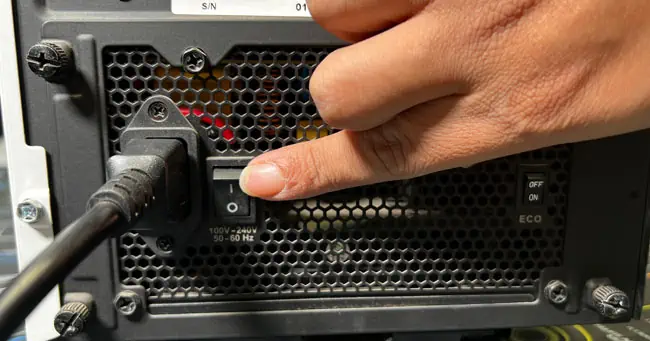
Some people prefer USB WiFi adapters. These are very convenient and portable as you simply connect them to a USB port, and you’re good to go. But the lower-end options tend to be unreliable, so make sure you read the reviews and pick a reliable one to purchase.
While PCIex1 and USB adapters are the most common, other options like M.2 cards also exist. Or if you’re building a new PC/upgrading, getting a motherboard with an inbuilt module is also an option.
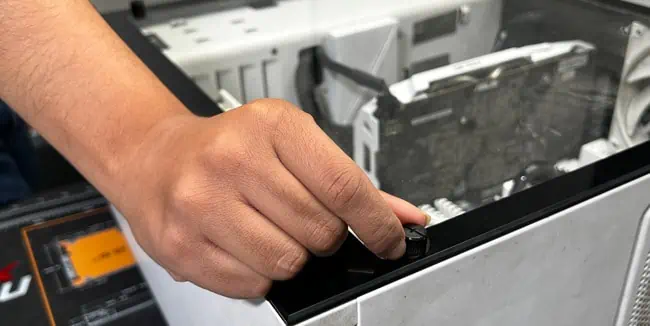
But as these are very niche, we won’t cover them in this article. Instead, we’ll talk about making your desktop WiFi capable using PCIe and USB adapters.
Hardware Installation
First, you’ll need to install the WiFi card on your system physically.Installing USB adaptersis very straightforward, but PCIe adapters are fairly simple too. Here are the necessary steps:
Software Configuration
Usually, the OS will automatically install a generic network driver which lets the WiFi adapter start working right away. If this doesn’t happen, you mustmanually install the drivers.
You can use the driver CD that was included with the adapter to do so. But an even better method would be to get the latest stable drivers directly from the manufacturer.

Troubleshooting Common Problems
If the adapter doesn’t get detected, reseating it,trying different slots, and installing the driver manually will help. If the WiFi doesn’t work despite this, here are some things worth trying:



